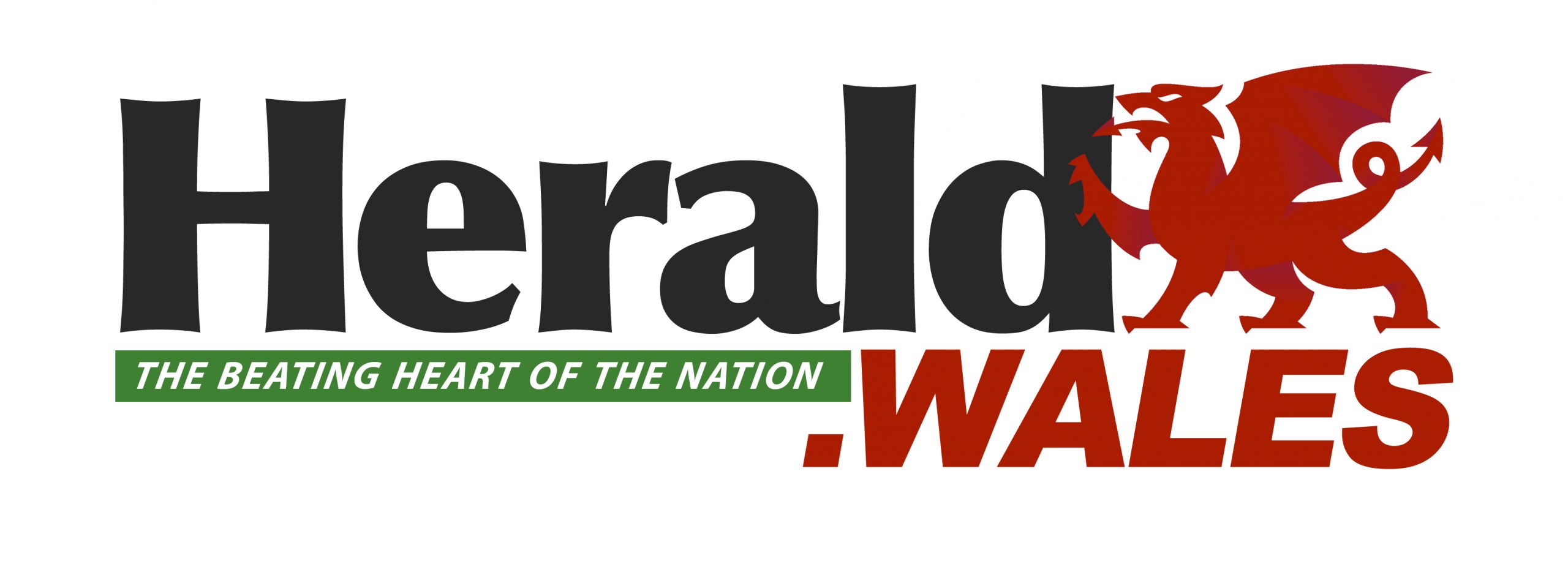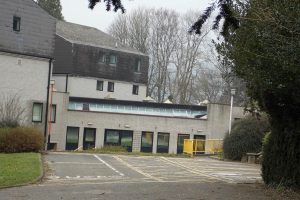NEWPORT’S residents and visitors can look forward to a “new era” for the city, with fewer empty buildings, a “booming” events calendar, and a celebration of heritage snaking alongside the River Usk.
This vision of a “welcoming and safe” Newport in the year 2040, set out by the council, will drive a new placemaking plan for improvements to the city centre.
The 15-year strategy combines a series of “quick wins” with more long-term projects all designed to lift the city and encourage more visitors and prosperity.
It unashamedly draws from successes elsewhere, looking at how cities across the UK – and as far away as Australia – have revived public spaces for their communities.
While the proposals in the new plan are “not a guaranteed list” and in some cases would not be solely council-led, they represent a framework to help Newport “pull in the same direction” and ensure the city’s “evolution”.
The set of “quick win” proposals for the first two years include:
- A food-focused outdoor market around the Steel Wave sculpture, based on a similar scheme in Bristol.
- Opening a new playground, possibly in John Frost Square, to make central Newport a more “family-friendly destination”, inspired by a shopping centre project in Brisbane, Australia.
- Brightening streets with “more inviting” festoon lighting to “create a more welcoming and vibrant city after dark”.
- “Wrapping” empty shops with local artists’ works to “improve the aesthetic appeal of vacant spaces”.
- A walking route “Tube map” to improve navigation around the city centre.
- Making Newport’s art, heritage and culture more visible in public spaces.
- Fixed “busking spots” for licensed performances, similar to a London Underground initiative.
- Developing a “place brand” for Newport with its own logo, and making it “highly visible” throughout the city.
- Raising awareness of the city’s events calendar with a new digital platform.
- Improving the “visual appeal” of Rodney Parade’s riverside stand, as seen from Rodney Road.
Medium-term projects include finding a “new use” for the historic Westgate Hotel, where Chartists clashed with soldiers in 1839, and redeveloping Rodney Parade’s so-called “cabbage patch” into a modern training facility.
The River Usk will be celebrated as a “defining feature” of Newport, with better waterfront access and potential opportunities for boating, water taxis and watersports.
The council said it will also work with the owners of Friars Walk to attract new operators to two large commercial spaces – the closed Cineworld cinema and the former Debenhams department store.
Long-term projects would include regenerating the southern end of Commercial Street, including a proposal to “demolish assets that detract from the character of the area”.
As a whole, the council hopes these ambitions will make the city centre “a thriving place, filled with excitement and fun experiences”, which also benefit from already-agreed projects including the new leisure centre and Coleg Gwent campus on Usk Way.
Beyond the physical differences it wants to achieve by 2040, however, the council hopes “the biggest change by far to Newport is to the identity and perception of the city”.
“Most importantly, Newport has fallen in love with Newport again,” it said in its vision statement. “And the world can see what the city and its people have to offer.”














